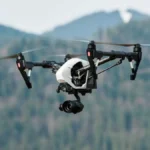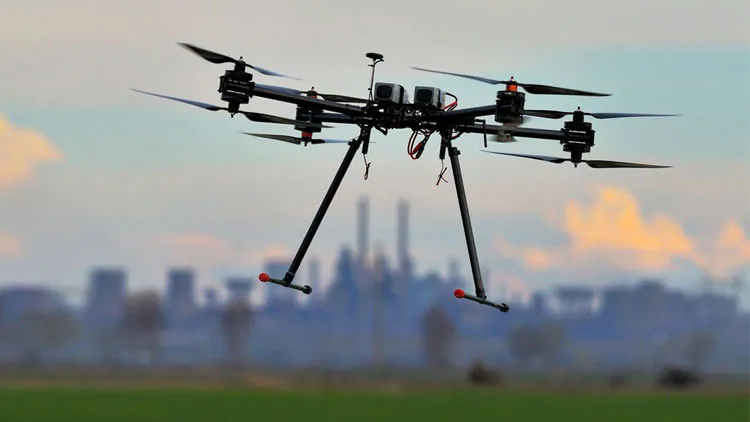
In the ever-evolving landscape of aerial technology, quadcopter cameras have emerged as a versatile and powerful tool, transforming the way we capture the world from above.
These compact yet sophisticated cameras, mounted on agile quadcopter drones, have become synonymous with the thrill of flight and the artistry of aerial photography.
This article explores the features, capabilities, and diverse applications of quadcopter cameras, showcasing their ability to elevate the possibilities of aerial imaging.
The Anatomy of Quadcopter Cameras
- Compact Design: Quadcopter cameras are designed to be lightweight and compact, ensuring minimal impact on the drone’s overall weight and aerodynamics. This design enables agile flight and precise maneuverability, essential for capturing dynamic shots.
- Gimbals for Stability: Many quadcopter cameras are equipped with built-in or detachable gimbals. These devices provide stabilization for the camera, ensuring that aerial footage remains smooth and free from the jitters and shakes often associated with drone photography.
- High-Resolution Imaging: Quadcopter cameras come in various resolutions, from standard HD to 4K and beyond. High-resolution imaging allows for the capture of detailed and sharp photographs, as well as cinematic-quality video footage, expanding the creative possibilities for photographers and filmmakers.
Key Features of Quadcopter Cameras
- FPV (First Person View): Quadcopter cameras often support FPV technology, allowing pilots to see the drone’s perspective in real-time. This immersive experience not only enhances the pilot’s control but also adds a layer of excitement to the flying experience.
- Intelligent Flight Modes: Advanced quadcopter cameras are equipped with intelligent flight modes, including automated tracking, follow-me, and waypoint navigation. These features simplify the process of capturing dynamic shots, making aerial photography more accessible to a broader audience.
- Remote Control Capabilities: Quadcopter cameras can be controlled remotely, giving photographers and videographers the ability to adjust settings, capture shots, and even edit footage on the fly. This flexibility contributes to a more dynamic and efficient shooting process.
Applications of Quadcopter Cameras
- Aerial Photography: Quadcopter cameras have become a staple for aerial photographers, offering unique perspectives and creative angles. From landscapes to events, these cameras provide a bird’s-eye view that was once reserved for expensive aerial platforms.
- Film and Video Production: The agility and versatility of quadcopter cameras make them invaluable for filmmakers and videographers. They can capture sweeping cinematic shots, dynamic action sequences, and intricate details from vantage points that were previously challenging to reach.
- Search and Rescue: Quadcopter cameras are increasingly employed in search and rescue operations. Their ability to cover large areas quickly and access hard-to-reach locations makes them a valuable tool for locating missing persons or assessing disaster-stricken areas.
Conclusion
Quadcopter cameras have revolutionized the field of aerial photography, bringing the once-distant world above within reach.
Whether soaring through the skies for artistic pursuits or aiding in critical operations, these cameras exemplify the convergence of technology and creativity.
As advancements continue to unfold, the marriage of quadcopters and cameras promises to push the boundaries of what can be achieved in the captivating realm of aerial imaging.








